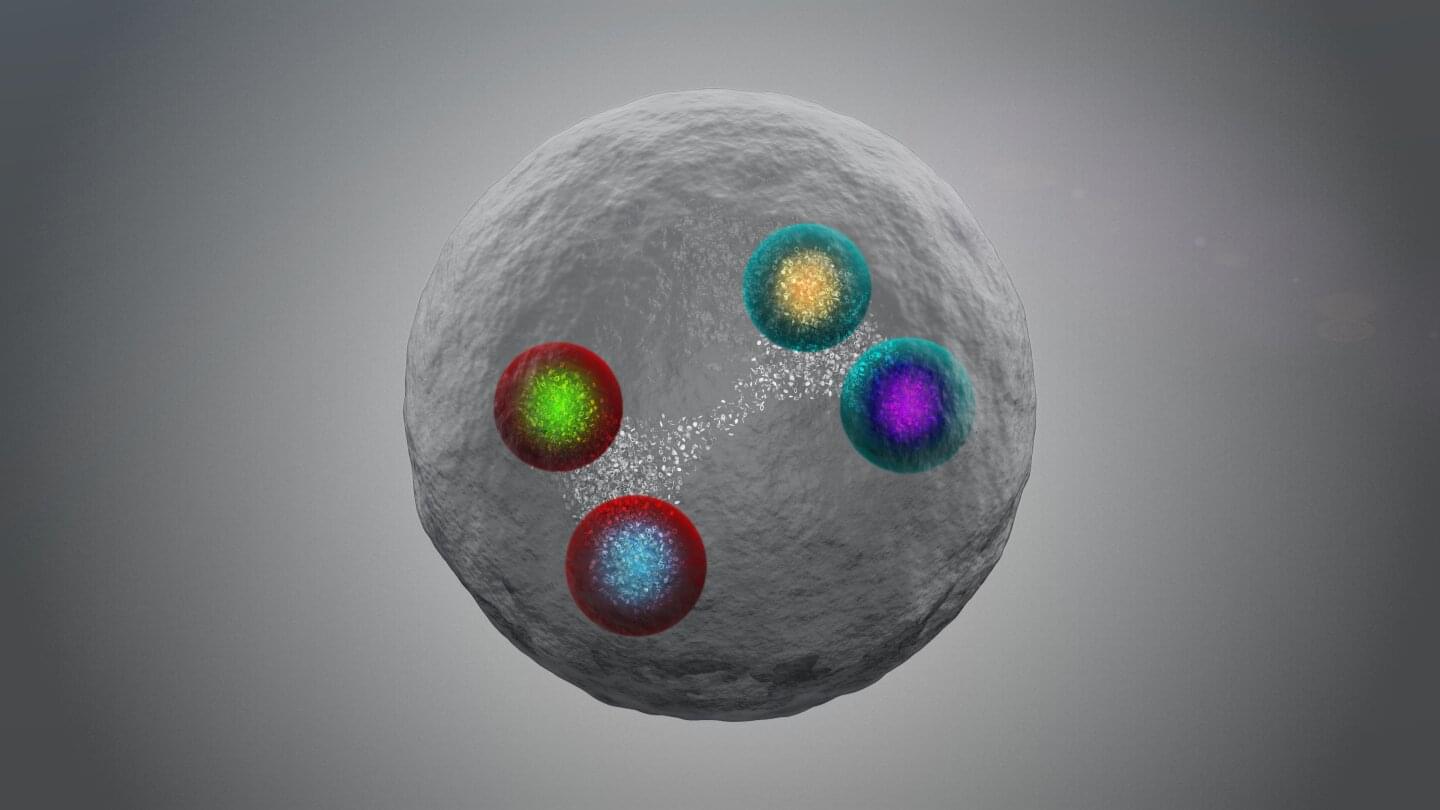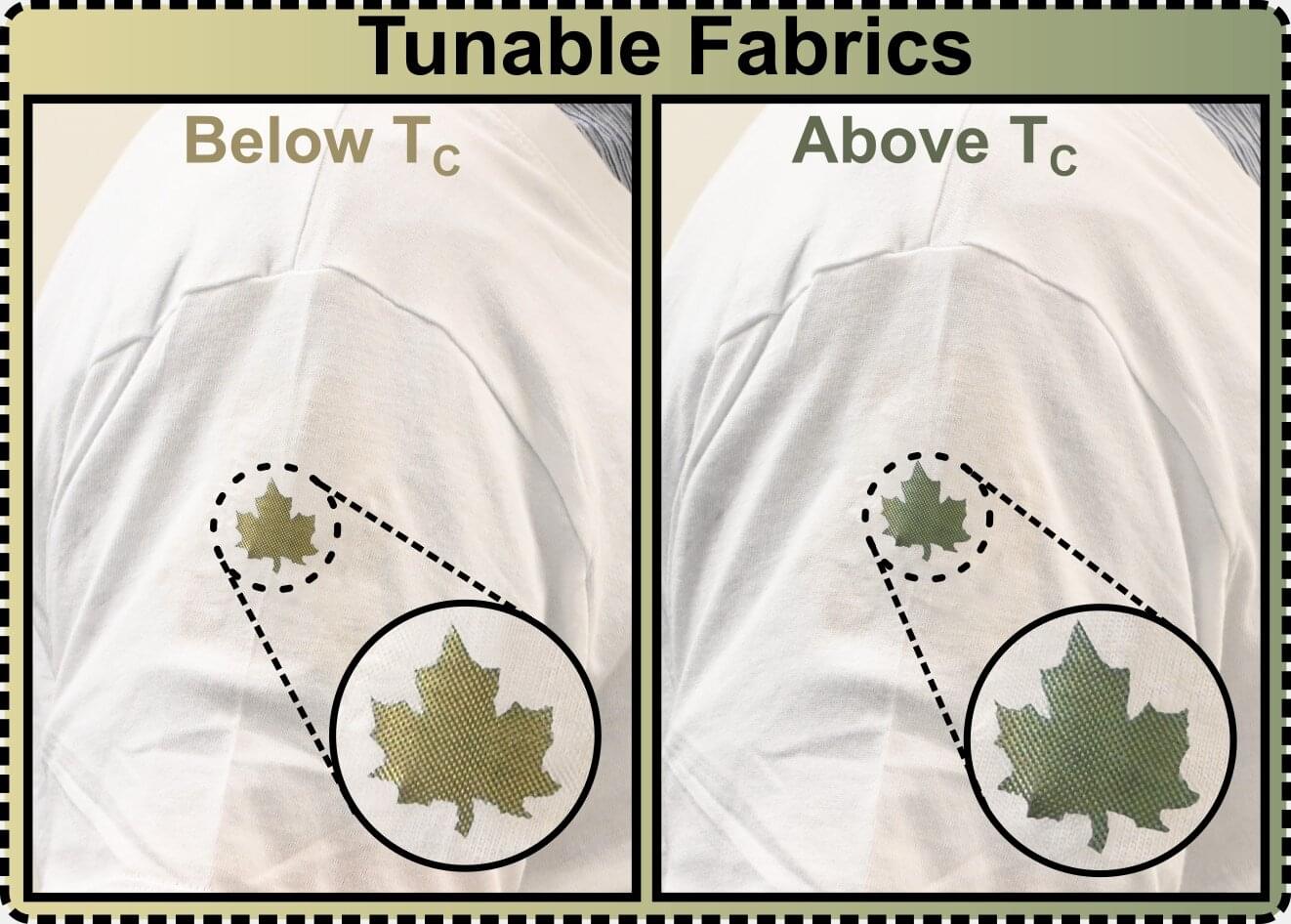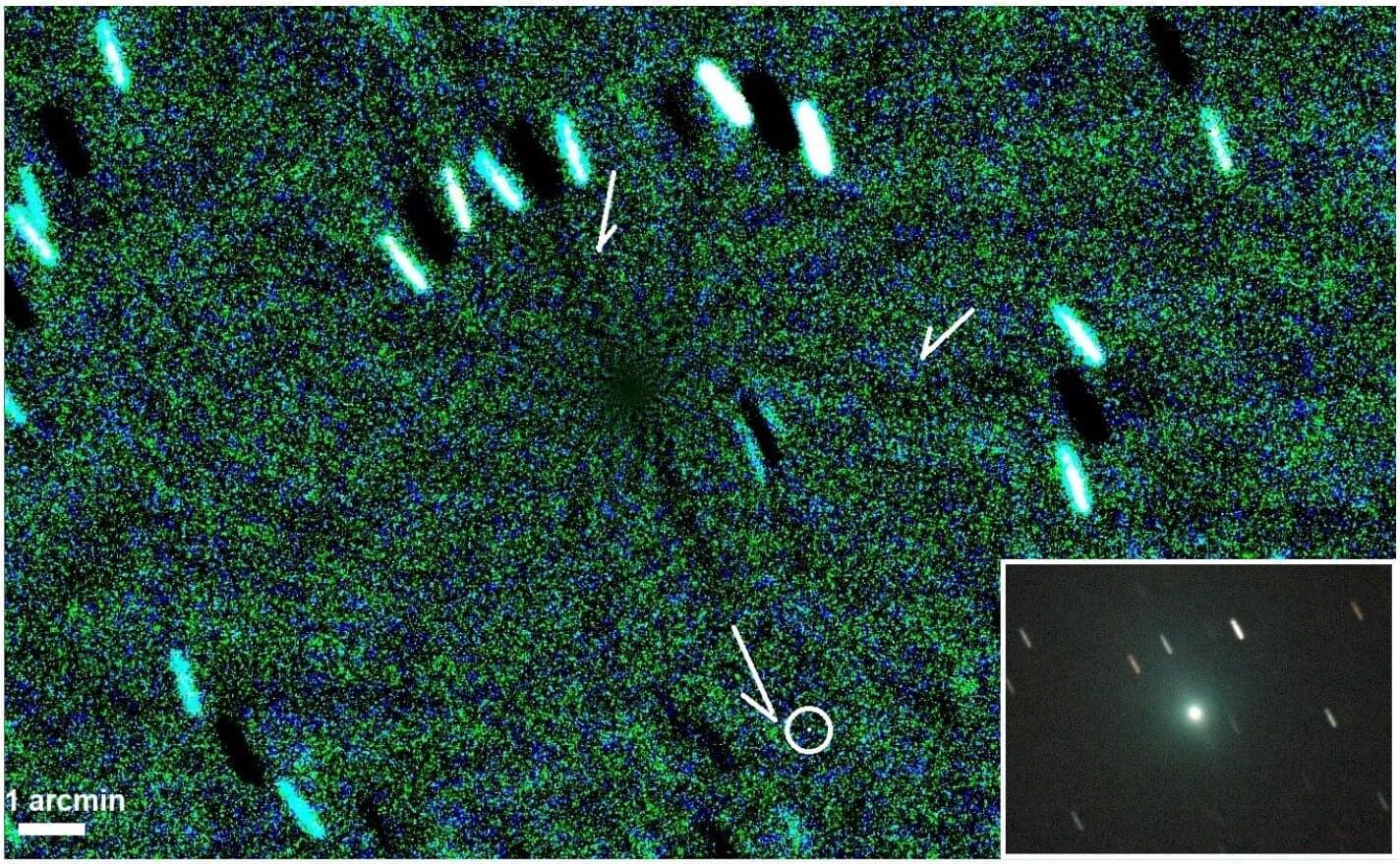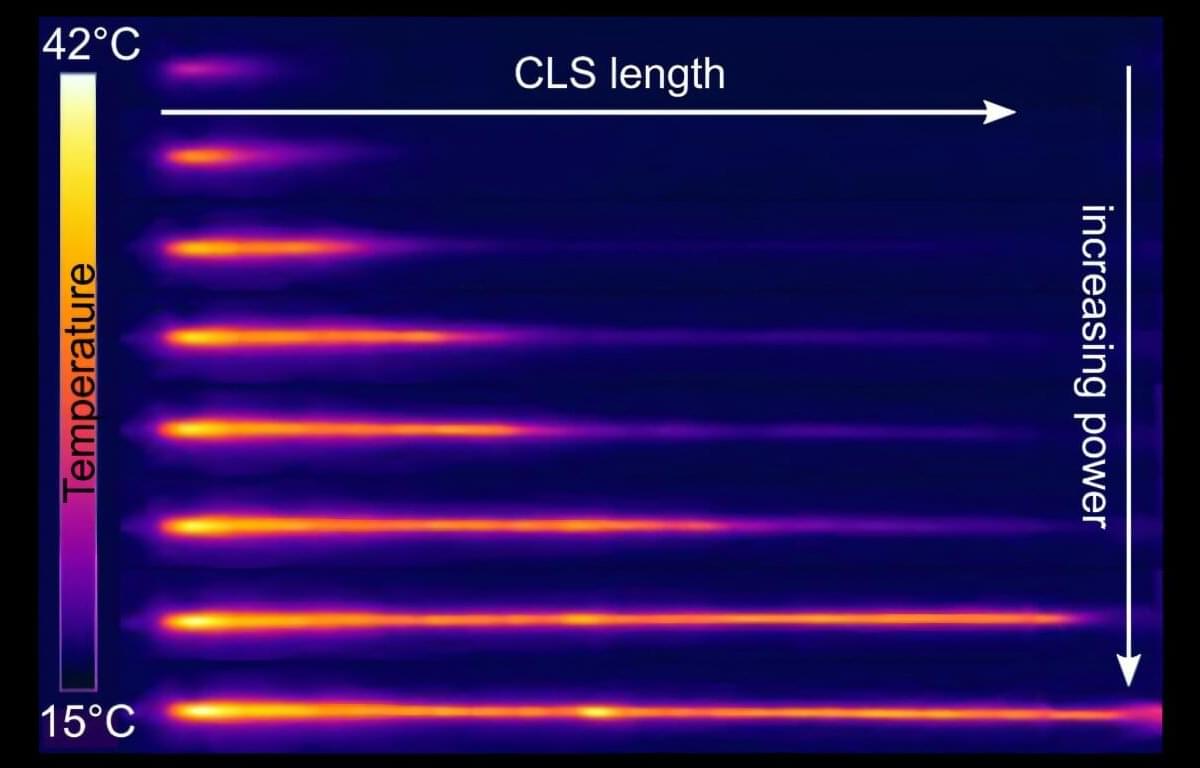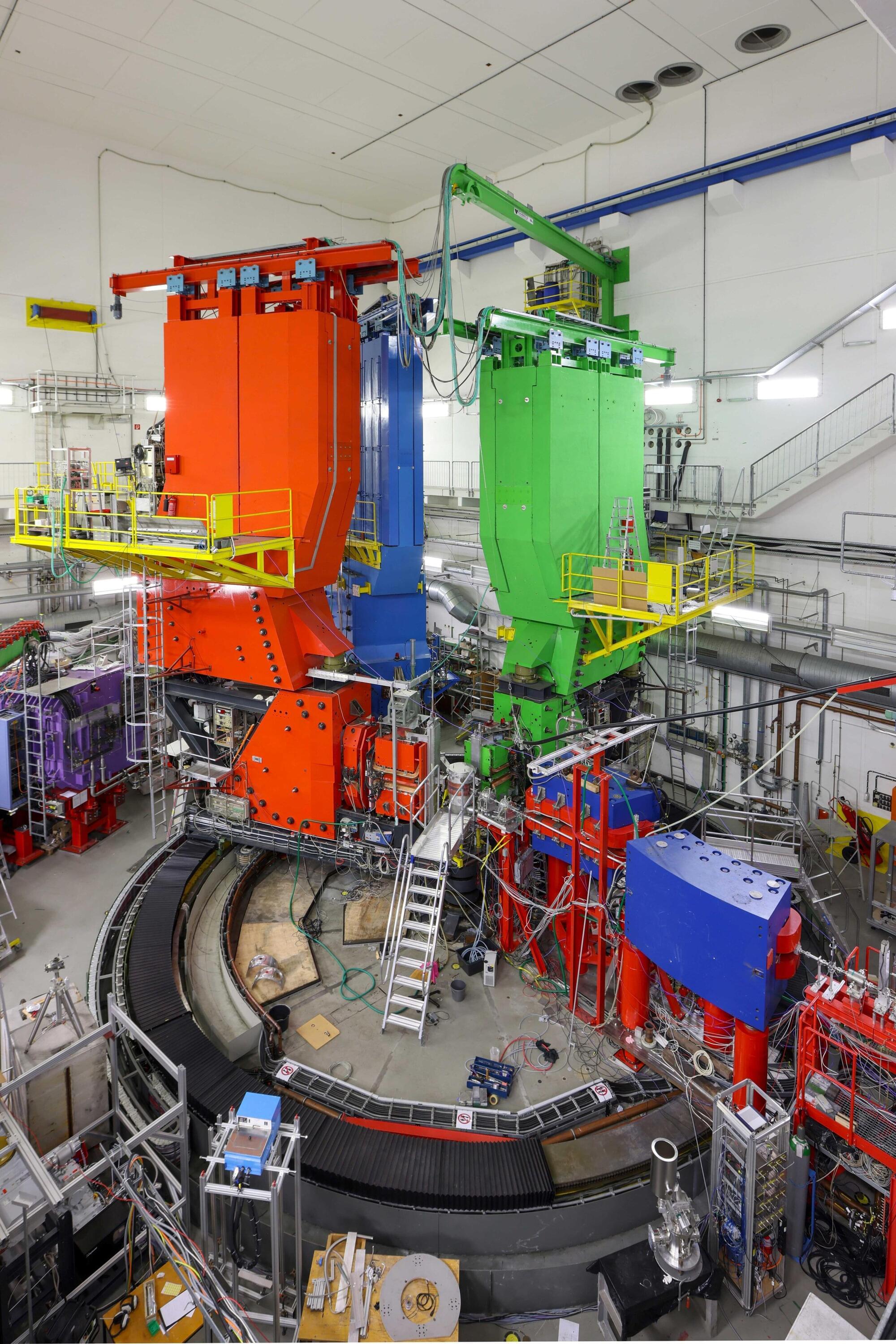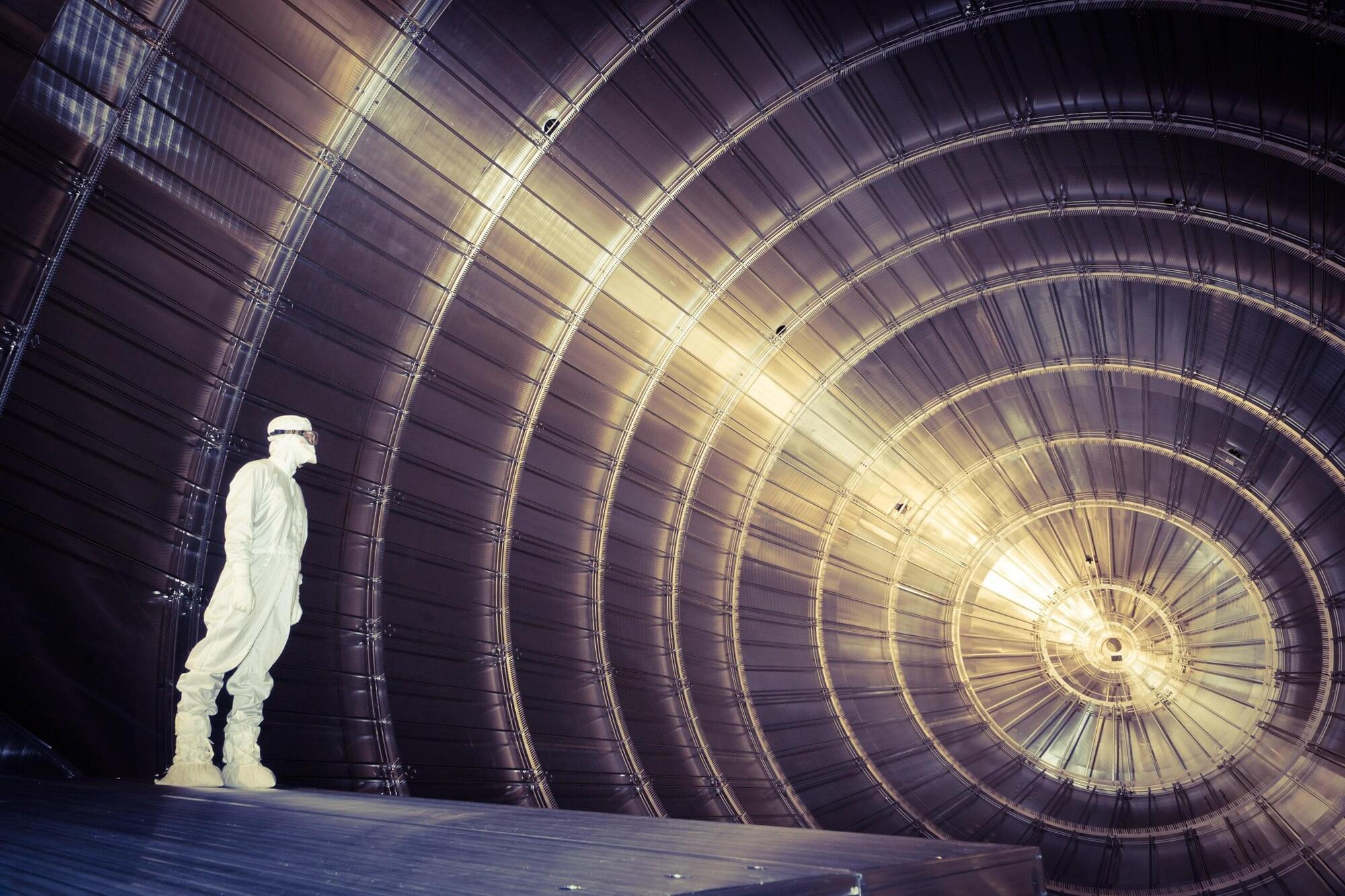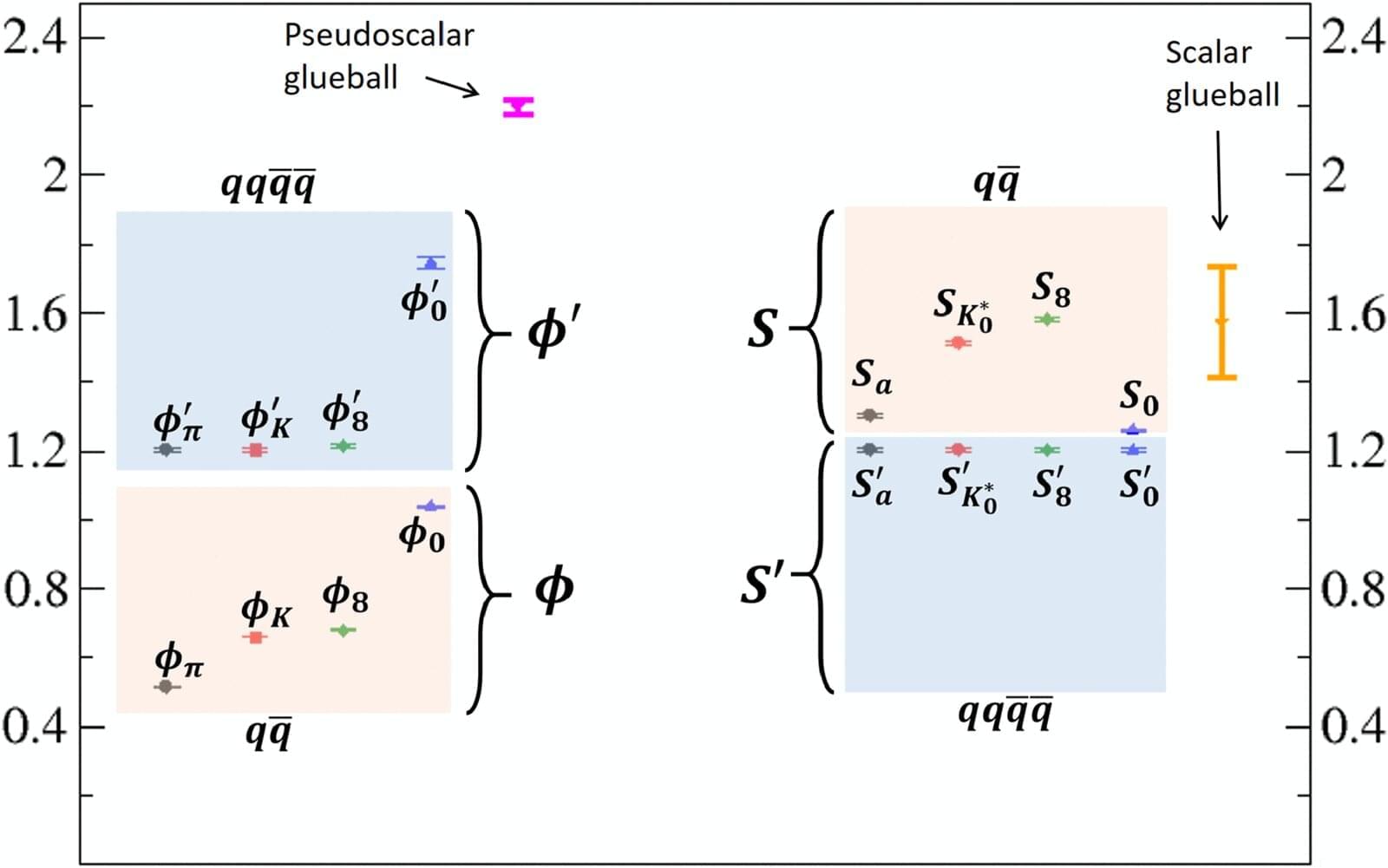Researchers have identified a molecular mechanism that helps explain why growing up in a stimulating environment enhances memory. In contrast, a lack of stimulation can impair it. The team from the Institute for Neurosciences (IN), a joint research center of the Spanish National Research Council (CSIC) and Miguel Hernández University of Elche (UMH), was led by researcher Ángel Barco.
Their study, conducted in mice and published in Nature Communications, demonstrates that the environment during childhood and adolescence has a lasting impact on the brain by activating or repressing a single transcription factor, AP-1, which regulates the expression of genes involved in neuronal plasticity and learning. This finding identifies a molecular mediator that can translate life experiences into persistent changes in cognitive function.

